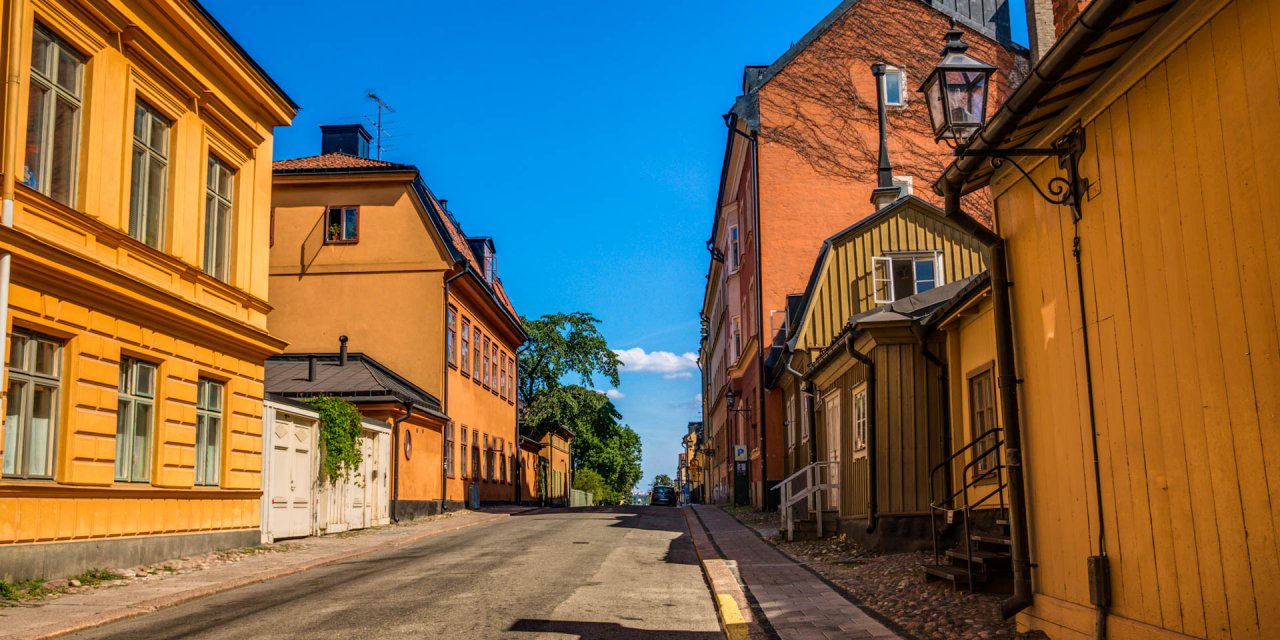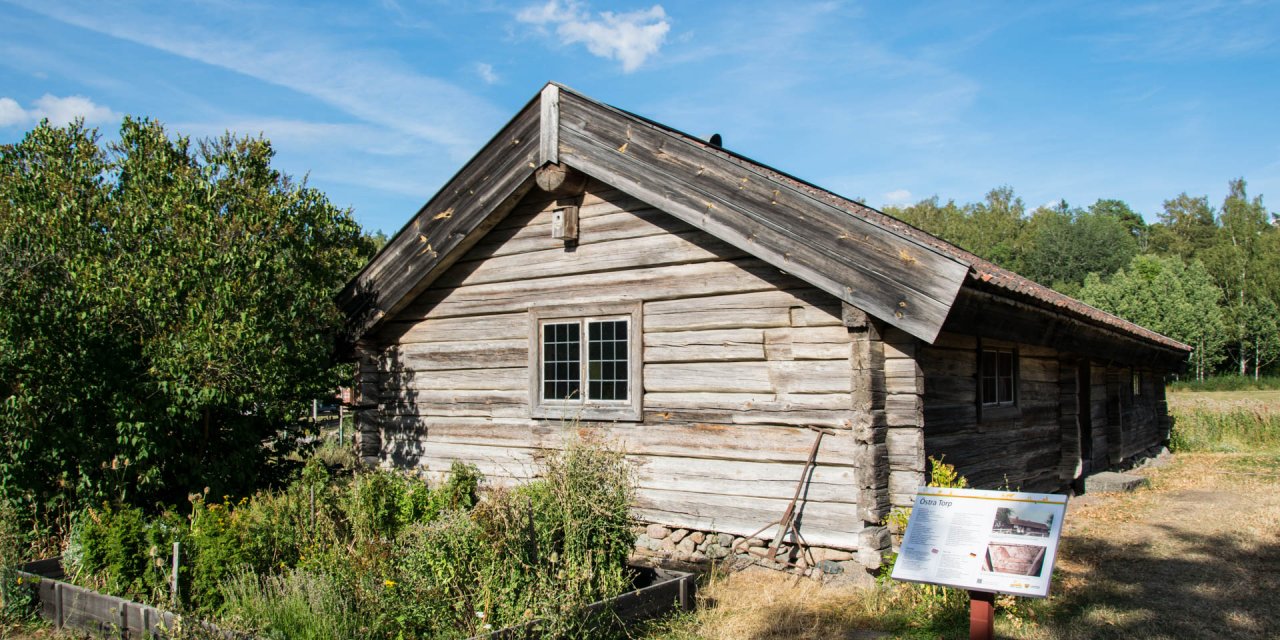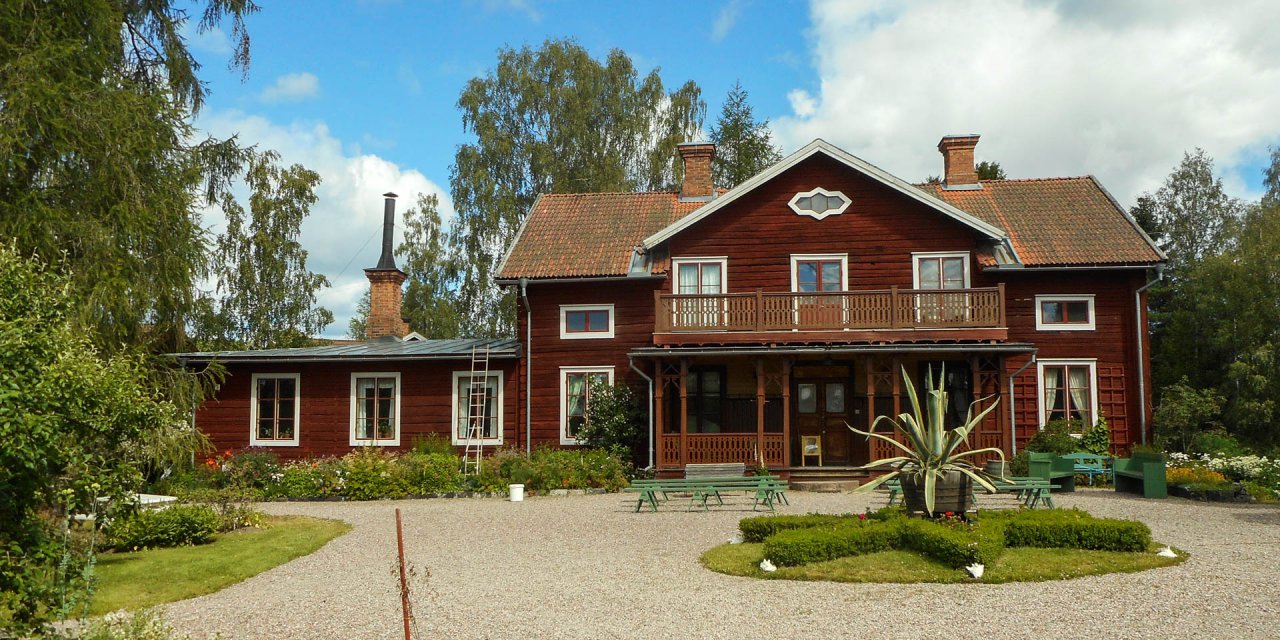

Drottningholms Slottsteater
Historical theatre at Drottningholm Palace
One of the oldest theatres in the world, the Drottningholms Slottsteater, is located just a stone's throw away from the royal Drottningholm Palace on the island of Lovön in the Lake Mälaren, a few kilometres west of Stockholm.
The palace theatre Drottningholm, which was built between 1764 and 1766 on behalf of Queen Luise Ulrike of Prussia, is the best preserved theatre of the 18th century and the only stage in the world which continuously possesses the original stage technology of that time. Due to its uniqueness, the Drottningholm Palace Theatre was one of the main reasons to include the entire castle grounds in 1991 as the first Swedish cultural monument on the UNESCO World Heritage List.
Stage & technology of the palace theatre
The stage machinery in Drottningholms Slottsteater was extremely progressive for that time and allows a smooth change of scenery with the curtain open. There are still about 30 of the original stage sets, but they have been replaced by copies for protection. Otherwise, the entire original stage technology, consisting of ropes, pulleys, rope drums, winches, blocks, counterweights, catwalks, elevators, trap doors as well as wave, wind and thunder machines, has been preserved in its original state and is still set in motion with pure muscle power.
The Drottningholm Theatre's stage is twenty metres deep and a special feature in relation to its width and in comparison to today's stages. The orchestra does not sit in an orchestra pit but in the parquet directly in front of the stage. The auditorium holds around 400 visitors and has the original painted marbling on the walls as well as the plaster half-columns in front and the papier-mâché consoles. The walls in the former living rooms inside the theatre are mostly covered with original wallpaper, which makes the palace theatre the place with the most 18th century wallpaper in the country.
Heyday and resurrection
The palace theatre experienced its heyday under King Gustav III, who took over Drottningholm Palace from his mother, Queen Luise Ulrike, in 1777. Because of his passion for culture and art, he was also called Theatre King and had several plays and operas performed every summer on the stage of the palace theatre, often with the artistic participation of the king himself. After the deadly assassination of Gustav III in 1792, the theatre became increasingly quiet. After a few performances in the 1850s, the Drottningholm Theatre fell into a real slumber of sleeping beauty.
The sleep lasted until late winter 1921, when the theatre scientist Agne Beijer, in search of a painting, rediscovered the forgotten and completely unchanged theatre. On his initiative the playhouse was restored and electric lighting was installed. In August 1921 the Drottningholm Theatre was reopened with a mixed programme of works by Mozart, Bellmann, Händel and Gluck, and every summer since then has experienced a new stage season.
Drottningholms Palace Theatre today
The annually changing repertoire consists of classical operas and ballet pieces from the 17th and 18th centuries, whereby the music is predominantly played on historical instruments. In interaction with the historical stage sets and the entire ambience of the house, a theatrical experience is created that visitors would have encountered in the 18th century.
From April to October the theatre can be visited every day as part of several daily guided tours, each lasting around 30 minutes. During the guided tours the foyer, the auditorium with its historical decoration and the boxes as well as the stage decoration are shown.
The tours are conducted in Swedish and English, in the high season from May to August also in German and French. The unique stage technology is not included in the regular guided tours - it can only be visited as part of an exclusive guided tour on European Historic Theatres Day, which takes place annually on October 25th.



